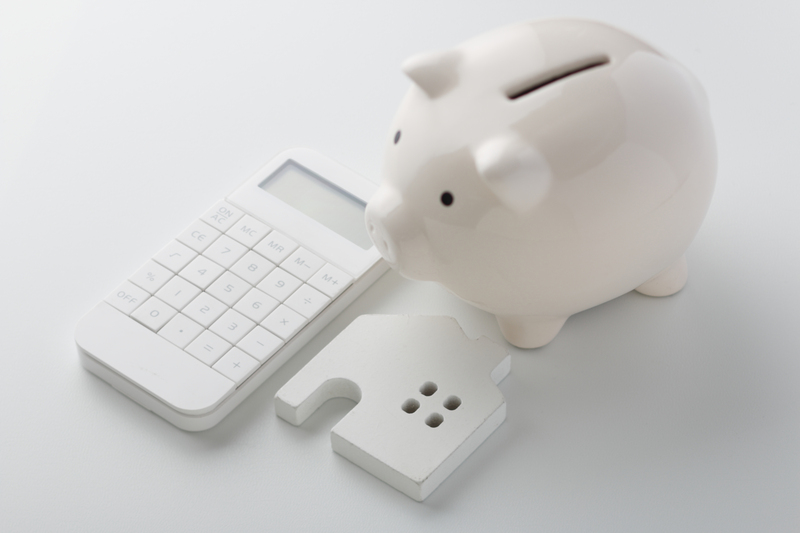Disassembling Bunk Beds Made Simple
Posted on 03/05/2025
Bunk beds can save a significant amount of space in a room, especially in households with multiple children. However, when it comes time to move or repurpose a room, disassembling these beds can seem like a daunting task. Fortunately, with the right approach and tools, the process can be straightforward and manageable. In this article, we'll guide you through the essential steps and best practices to efficiently and safely disassemble your bunk bed.
Gathering the Necessary Tools and Supplies
Before you start disassembling your bunk bed, it's crucial to ensure you have all the necessary tools and supplies on hand. The specific needs will depend on the bed's design and assembly system, but here's a general checklist:
- Screwdrivers (both flat-head and Phillips)
- Allen wrenches (hex keys)
- Pliers
- Adjustable wrench
- Rubber mallet (if needed)
- Ziploc bags for screws and small parts
- Marker and labels for parts
- Work gloves for safety
Having everything prepared will save time and prevent unnecessary frustration during the disassembly process.

Preparing the Workspace
A well-organized workspace is key to a smooth disassembly process. Start by clearing the area around the bunk bed. Remove any bedding, pillows, and mattresses, and ensure there's enough space to lay out the bed parts once they are disassembled. Ideally, work on a soft surface like a carpet or use a mat to avoid scratches on the bed parts and the floor.
Ensure the room is well-lit. Good lighting helps you to see and handle the small parts more effectively, reducing the risk of losing screws or damaging parts during disassembly.
Understanding the Bed's Assembly
Before you start taking the bed apart, familiarize yourself with its construction. If you have the assembly manual, it's a good idea to review it. Knowing how the bed was put together can give you a clearer idea of how to disassemble it. Examine the joints and connections to understand where to start and which tools you'll need.
Step-by-Step Disassembly Process
1. Remove the Bedding and Mattresses
Start by stripping the bedding off the mattresses, followed by removing the mattresses themselves. Set them aside in a safe place where they won't obstruct your work area.
2. Detach the Safety Rails
Most bunk beds have safety rails on the top bunk to prevent falls. These are typically secured by screws or bolts. Using the appropriate screwdriver or Allen wrench, carefully remove the screws or bolts and set the rails aside. Place all hardware in a labeled Ziploc bag.
3. Disassemble the Ladder
The ladder is usually attached to the bed frame by screws or bolts. Remove these fasteners and detach the ladder from the bed frame. Like with the safety rails, keep all screws and bolts in a labeled bag to prevent loss.
4. Separate the Bunks
Most bunk beds consist of two separate beds that can be stacked onto each other. Depending on the design, you may need to remove additional screws or simply lift the top bunk off the bottom. If the top bunk is heavy or awkward to handle, ask for help to avoid any risk of injury.
5. Disassemble the Bed Frames
Once the bunks are separated, begin disassembling the frames. Start with the larger components, such as the headboards and footboards. Use the correct tools to remove the screws or bolts holding these parts together. Again, keep all hardware organized in labeled bags.
Keeping Track of Parts
One of the biggest challenges during disassembly is keeping track of all the small parts and pieces. Losing screws or mixing up components can make reassembly difficult. Here are some tips to stay organized:
- Use labeled Ziploc bags for screws and small parts.
- Use a marker to label larger parts with masking tape.
- Take photos of the assembled bed before and during disassembly for reference.
Handling Stubborn Screws and Bolts
Sometimes, screws and bolts can be challenging to remove due to rust, stripping, or over-tightening. Here's what you can do to handle these stubborn fasteners:
- Apply a penetrating oil like WD-40 to rusted or tight screws and give it some time to work.
- Use pliers or a screw extractor for stripped screws.
- Use a rubber mallet to gently tap and loosen tight fittings.
Storing Disassembled Parts
After disassembling the bed, store all parts safely to prevent damage or loss. Wrap delicate or finished wooden parts in moving blankets or bubble wrap. Place all components in a designated storage area where they won't be exposed to moisture or wear.

Preparing for Reassembly
If you're planning to reassemble the bed in a new location, follow these tips to make the process easier:
- Use the labeled parts and hardware bags to easily identify components.
- Refer to the photos taken during disassembly to understand the assembly sequence.
- Keep the necessary tools on hand.
Conclusion
Disassembling a bunk bed can be a straightforward task if approached methodically. By gathering the right tools, organizing your workspace, understanding the assembly structure, and following a step-by-step process, you can safely and efficiently disassemble your bunk bed. Properly organizing and storing the parts will also ensure a smooth reassembly when needed. With these guidelines, turning your bunk bed back into its individual components should be a simple and stress-free process.







